 Mysteries
Mysteries  Mysteries
Mysteries  History
History 10 Surprising Stories About the Texas Rangers
 Humans
Humans 10 Philosophers Who Were Driven Mad by Their Own Theories
 Miscellaneous
Miscellaneous 10 Video-Game-Worthy Weapons and Armors from History
 Weird Stuff
Weird Stuff 10 Psychics Who Accurately Predicted Wartime Events
 The Arts
The Arts 10 Pieces of Art Inspired by a Broken Heart
 Health
Health 10 Science Fiction-Sounding New Medical Treatments
 History
History 10 Surprising Facts About the Father of Submarine Warfare
 Space
Space Ten Astonishing New Insights into Alien Worlds
 Weird Stuff
Weird Stuff 10 Bizarre Summer Solstice Rituals Still Practiced Today
 Mysteries
Mysteries Top 10 Haunting Facts About the Ghost Ship MV Alta
 History
History 10 Surprising Stories About the Texas Rangers
 Humans
Humans 10 Philosophers Who Were Driven Mad by Their Own Theories
Who's Behind Listverse?

Jamie Frater
Head Editor
Jamie founded Listverse due to an insatiable desire to share fascinating, obscure, and bizarre facts. He has been a guest speaker on numerous national radio and television stations and is a five time published author.
More About Us Miscellaneous
Miscellaneous 10 Video-Game-Worthy Weapons and Armors from History
 Weird Stuff
Weird Stuff 10 Psychics Who Accurately Predicted Wartime Events
 The Arts
The Arts 10 Pieces of Art Inspired by a Broken Heart
 Health
Health 10 Science Fiction-Sounding New Medical Treatments
 History
History 10 Surprising Facts About the Father of Submarine Warfare
 Space
Space Ten Astonishing New Insights into Alien Worlds
 Weird Stuff
Weird Stuff 10 Bizarre Summer Solstice Rituals Still Practiced Today
Top 10 Shocking Assassinations That Changed Medieval History
Europe in the Middle Ages was a bloody place, where poisoning wells and massacring your enemy’s peasants was considered an acceptable mode of warfare. So it is no surprise that Medieval kings and queens often resorted to assassination to get their way. Many of these murders changed the history of the continent, from the duke smothered with a mattress to the king stabbed by an assassin hiding inside his toilet.
10William Longsword

William Longsword was the son of Rollo, the daring Viking chief who had converted to Christianity and founded the Duchy of Normandy in northern France. William continued his father’s work, aggressively expanding the duchy to the north. With France in turmoil, there was no central authority to stop him. There was just one problem: his lousy neighbor, Flanders.
As the Normans were expanding north, Arnulf the Rich, Count of Flanders, had been rapidly expanding south. The two sides collided in 939 in a dispute over Montreuil, sparking a brief but extremely bloody war.
Realizing he could not defeat Longsword in battle, Arnulf decided to finish things another way and invited his rival to a meeting on an island in the Seine in 942. William foolishly walked into the Flemish trap. As soon as he set foot on the island, three of Arnulf’s men burst out of hiding and hacked him to death.
William was succeeded by his ten-year-old son, who was soon kidnapped by the French king and spent the rest of his life struggling to hold Normandy together. Arnulf kept his new territories, and the era of rapid Viking expansion in France came to an end.
9Childeric II
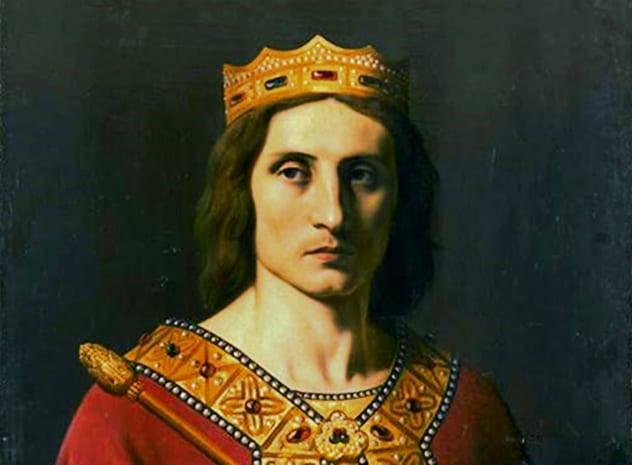
Childeric II was a member of the famous Merovingian royal family, who ruled over the Franks. By Childeric’s time, the Frankish lands were split into three kingdoms, and the Merovingians exercised little real power. Childeric was determined to change that.
Childeric was initially the king of Austrasia, the northernmost Frankish kingdom. But he proved a capable ruler, and by 673 he had displaced his cousins to become ruler of Neustria and Burgundy as well, uniting all three Frankish entities under his rule.
However, by this point the three kingdoms had grown apart, and the Neustrians and Burgundians resented their Austrasian king. Childeric had to promise to rule each kingdom according to local customs, but Burgundian chroniclers still lamented being ruled by “foolish and nearly pagan people.”
The last straw came when Childeric had a Neustrian named Bodilo beaten as punishment for some offense. The outraged Bodilo quickly recruited other dissatisfied Neustrians and waited for Childeric in the forest. When the king rode out on a hunting trip, he was ambushed and slaughtered, along with his pregnant wife.
Childeric was the last Merovingian king to exercise any real power, and the dynasty was eventually overthrown by their ambitious Carolingian courtiers.
8Berdi, Qulpa, and Nurus
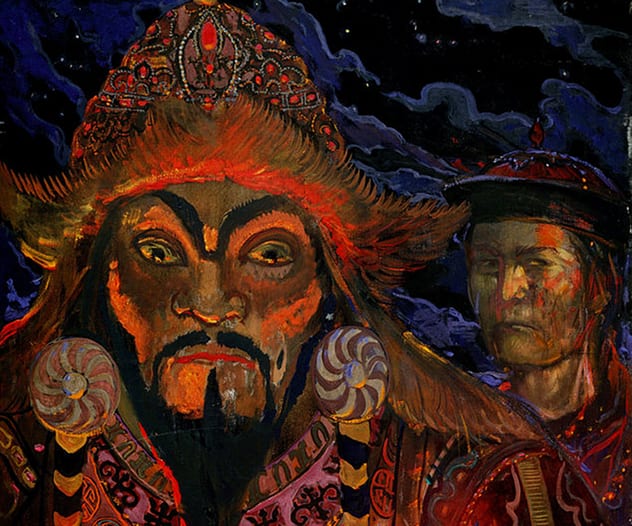
In 1357, the great Jani Beg, Khan of the Golden Horde, fell deathly ill. He at once summoned his son Berdi and had him anointed as the new Khan. Berdi then murdered his father in case he recovered from his illness and tried to retake the throne. Doubtless, the old tyrant thoroughly approved.
The Golden Horde had dominated Eastern Europe since the original Mongol invasions of the previous century, and the princes of Russia journeyed to Berdi’s court to reaffirm their allegiance to the descendants of Genghis. But the Russians were about to catch an unexpected break.
Upon taking the throne, Berdi executed 12 of his brothers. Unlucky 13 was Qulpa, who won his brother’s trust and began scheming to have him assassinated. He succeeded in 1359 and took the throne, but was himself poisoned on the orders of Nurus Beg, who was either another brother or an imposter pretending to be another brother.
Nurus himself was killed within months, at which point at least 20 people declared themselves the new Khan. The Golden Horde collapsed into civil war, and the Russian states were able to shake off Mongol rule. It would never be fully restored.
7Constable Charles

In 1328, King Charles of France died without a son. His closest relatives were the rulers of England and Navarre, but the French disinherited both by insisting that the throne could only be passed through the male line. The English responded by launching the Hundred Years War. Meanwhile, the Navarrese bided their time.
Things came to a head when Charles the Bad became King of Navarre. Charles hated his cousin, the French King John the Good (the nicknames are a clue as to who the chroniclers sided with). He was particularly outraged after John bilked him out of some land and gave it to his favorite, Charles de la Cerda, Constable of France.
In 1354, a group of Navarrese mercenaries quietly surrounded the tavern where the Constable was sleeping. Charles’s brother Phillip led four troopers into the Constable’s bedroom, woke him up for some insults, and then stabbed him over 80 times.
John was furious and gathered an army, but Charles began openly negotiating an alliance with the English. Unable to face both England and Navarre, John was forced to conclude a treaty with Charles. The pair continued to scheme against each other, and the quarrel badly weakened France as the English began their invasion.
6Robert Clermont and Jean De Conflans
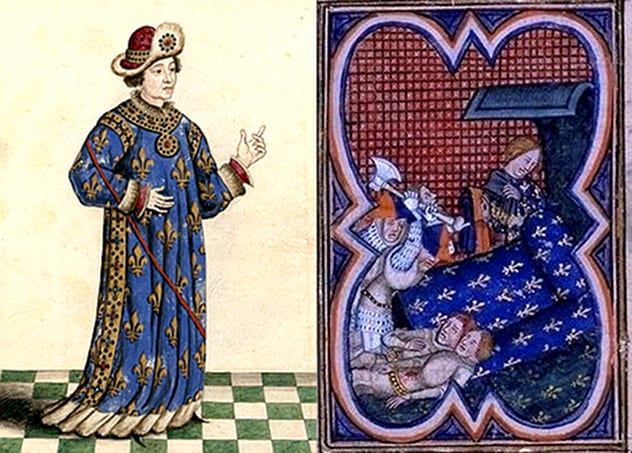
Being a royal advisor to John the Good was a dangerous business. Two years after Charles de la Cerda was assassinated, John was defeated and captured by the Black Prince at Poitiers. Leadership of France passed to his teenage son, the Dauphin Charles.
The Dauphin soon imposed new taxes to replace the army destroyed at Poitiers. This enraged the common people of France, who resented paying for the nobility to lose battles. The townsfolk of Paris banded together under a wealthy merchant named Etienne Marcel, who demanded the Dauphin dismiss his father’s ministers and make concessions in return for the new taxes.
When the Dauphin refused, Marcel sent agents to spring Charles the Bad from prison. He entered Paris in triumph as riots swept the city. Marcel himself marched on the palace with a mob, who entered the Dauphin’s bedroom and murdered his advisors Robert Clermont and Jean de Conflans while he watched.
Convinced his life was in danger, the Dauphin fled Paris and began raising an army to use against the people of Paris. As the English entrenched their gains, France descended into anarchy.
5Etienne Marcel

As he took control of Paris, Marcel and his followers grew more and more radical. In 1357, his assembly passed the Great Ordinance, which sought to reform the government of France. If Marcel had succeeded, it would have made the nobility subject to the assembly, effectively creating government by parliament.
In 1358, a massive peasant rebellion known as the Jacquerie broke out north of Paris. Marcel decided to support the rebels, hoping to make common cause between the common people of the country and Paris. This provoked a split with Charles the Bad, a firm believer in his own aristocratic rights. Charles personally led the knights who defeated and massacred the Jacquerie, while Marcel retreated into Paris.
Meanwhile, the Dauphin had been raising an army to attack Paris. An increasingly nervous Marcel renewed his alliance with Charles the Bad, but this proved unpopular with the people of Paris since Charles’s Navarrese and English mercenaries had been raiding around the city. Marcel’s follower Jean Maillart began to secretly correspond with the Dauphin.
In June, Maillart and his men hacked Marcel to death with an ax. The first French revolution was over.
4Thomas of Woodstock
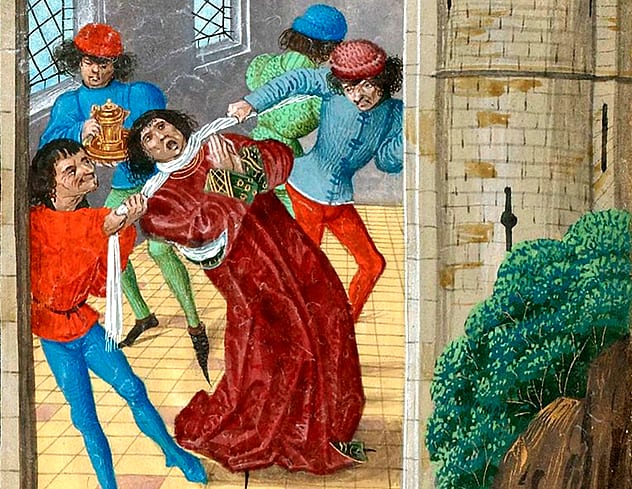
By 1386, the Hundred Years War was going badly for England, and the people blamed King Richard II, an aloof and autocratic figure who relied on his cronies to run the country. A group of nobles known as the Lords Appellant formed a commission and announced their intention to take over the government from the incompetent Richard.
Led by Thomas of Woodstock, the Duke of Gloucester, the Lords defeated Richard’s army at Radcot Bridge and seized the king. Many of Richard’s favorites were executed or banished, and the king remained as little more than a figurehead.
However, Richard was prepared to bide his time and slowly rebuilt his power base. In 1397, he successfully lured the Duke of Norfolk away from the other Lords Appellant. Thomas of Woodstock was ambushed and banished to Calais, where he was soon assassinated.
Accounts of his death vary—some say he was strangled, while others say he was smothered with a feather mattress to avoid leaving marks on the body. Either way, it was clear Richard had ordered the murder. The people of England were outraged, and Richard was soon overthrown and starved to death, with major consequences for English history.
3Isma’il and His Sons
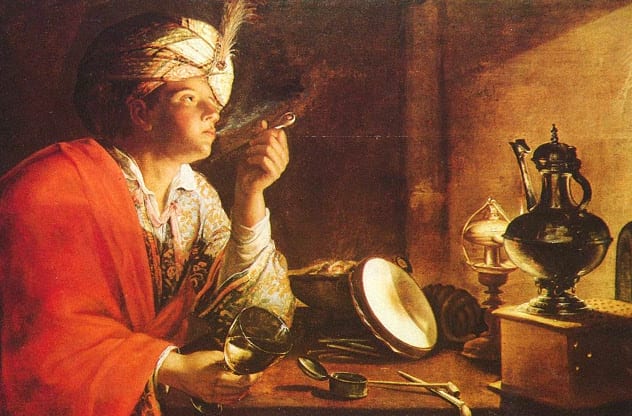
The Nasrids were the last great Muslim dynasty of Spain, ruling Granada from 1248 until its final conquest by Ferdinand and Isabella in 1491. Throughout their history, the Nasrids were hampered by civil wars and dynastic intrigue, which prevented them from consistently winning back territory from the Christians.
Take Isma’il I, a talented and energetic leader who won a crushing victory over the Castilians at Vega de Granada in 1319. The two regents of Castile were killed (one was skinned and stuffed afterward), and Isma’il was able to go on the offensive and conquer Baza and Martos.
Unfortunately, Isma’il was then assassinated by his cousin over a petty personal dispute. The throne passed to his young son Muhammad, who was assassinated in turn by the Banu Abi’l-Ula clan when he showed interest in running the kingdom.
Muhammad’s brother Yusuf then took power and destroyed the Banu Abi’l-Ula. Yusuf seemed to have inherited his father’s talents, but he was stabbed in the back by a local madman while praying in Granada’s Great Mosque.
This sort of thing continued down the generations, preventing the Nasrids from ever achieving true stability.
2Stephen of Hungary
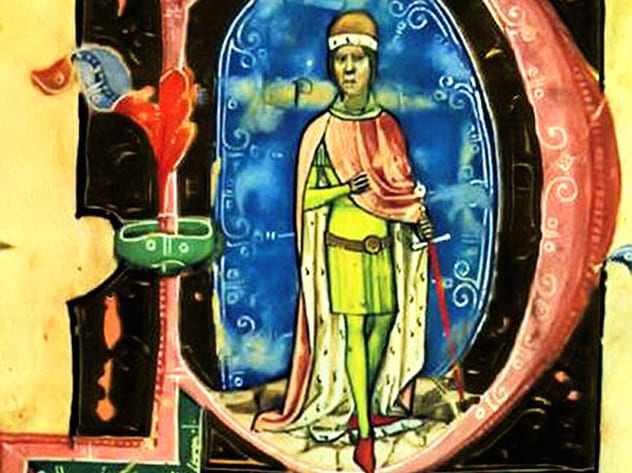
Doctors make the perfect assassins, and so they were often regarded with suspicion in the Medieval period when medicine was more superstition than science in any case.
For example, William of Tyre assures us that King Baldwin III of Jerusalem died after taking some pills from a Syrian doctor. It remains unclear whether this was a case of murder, medical malpractice, or simply a failure to cure the king’s existing illness. William argued for murder (apparently a dog who ate the pills also died), but the doctor was not arrested, suggesting option three was more widely accepted.
But few Medieval medical murders were as grisly as that of Stephen IV, who briefly usurped the throne of Hungary from his young nephew. Defeated in battle, Stephen fled to the Byzantines, pursued by his nephew’s agents.
Like many medieval people, Stephen believed in bleeding as a medical treatment. Unfortunately, his attendant had been bribed. After releasing some of Stephen’s blood, he “smeared with poison the bandage that covered the wound; from there it spread throughout the body and penetrated into the most vital parts.”
1Godfrey the Hunchback

Godfrey the Hunchback became Duke of Lower Lorraine in 1069. He was small and physically deformed, but quickly proved an able ruler, with a contemporary chronicler describing him as “weak in body but excelling in spirit.”
A powerful ruler in his own right, Godfrey could have become one of the great figures in Europe through his marriage to Matilda of Tuscany, who controlled vast territories in Italy. Unfortunately, the couple hated each other. After three years of marriage, Matilda would not even let her husband into her sight. Cut off from his wife’s court, Godfrey returned to his own lands, where he was stabbed in a toilet.
There are a number of different accounts of the assassination, but all agree that an assassin was lying in wait in the castle latrines and killed Gregory when he went to relieve himself in the middle of the night. The more dramatic accounts say that the assassin was actually hiding inside the latrine pit and impaled Gregory with a spear when he sat down.
The chroniclers agree that the assassination was ordered by Gregory’s enemies in Holland and Flanders, and had nothing to do with Matilda. Nonetheless, the murder had a major effect on European politics. Without her troublesome husband, Matilda was free to become Pope Gregory VII’s most powerful and effective supporter in his confrontation with the Holy Roman Emperor, the greatest political crisis of the era.








